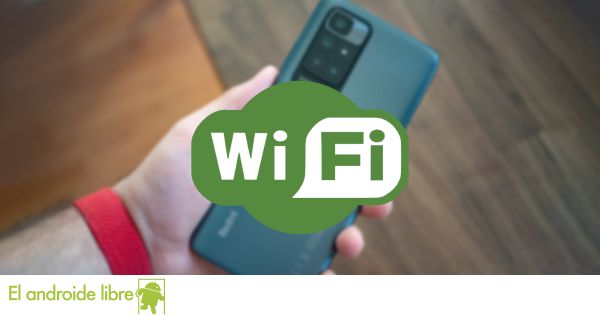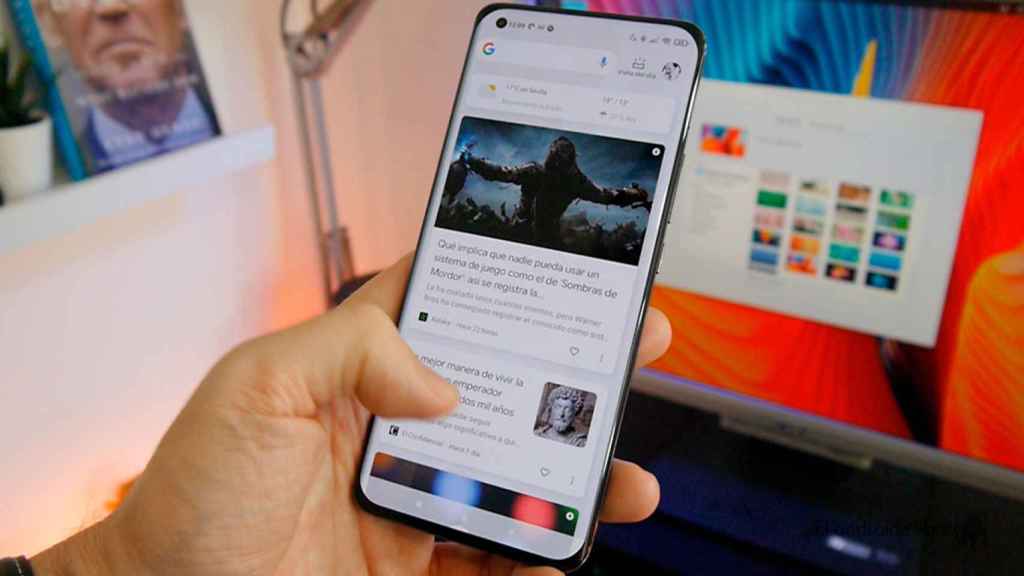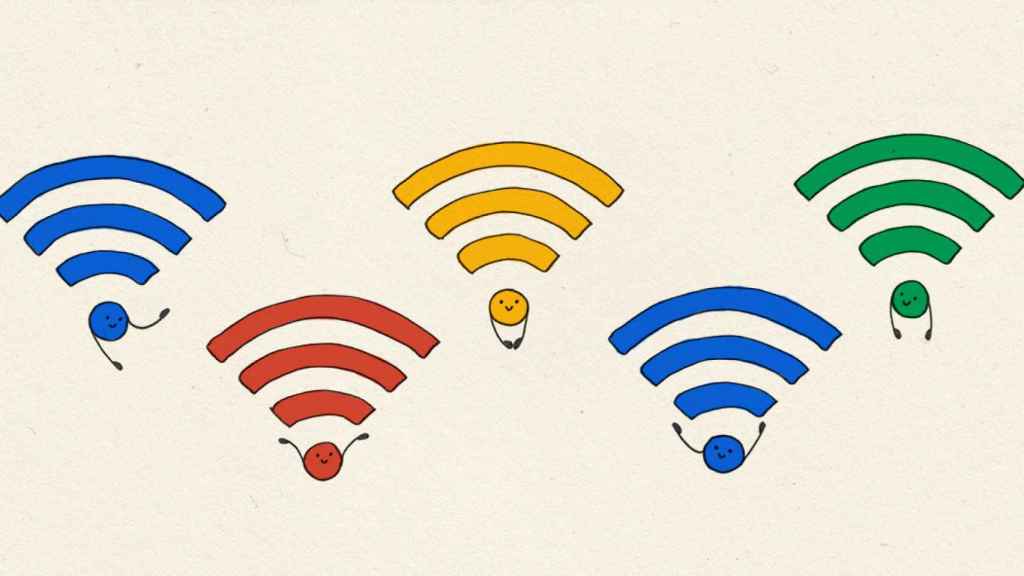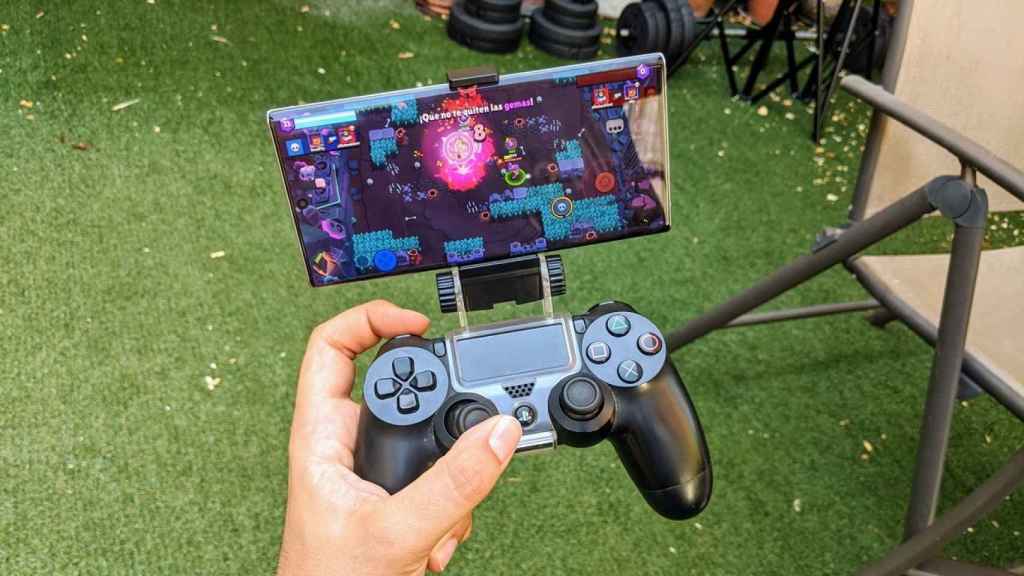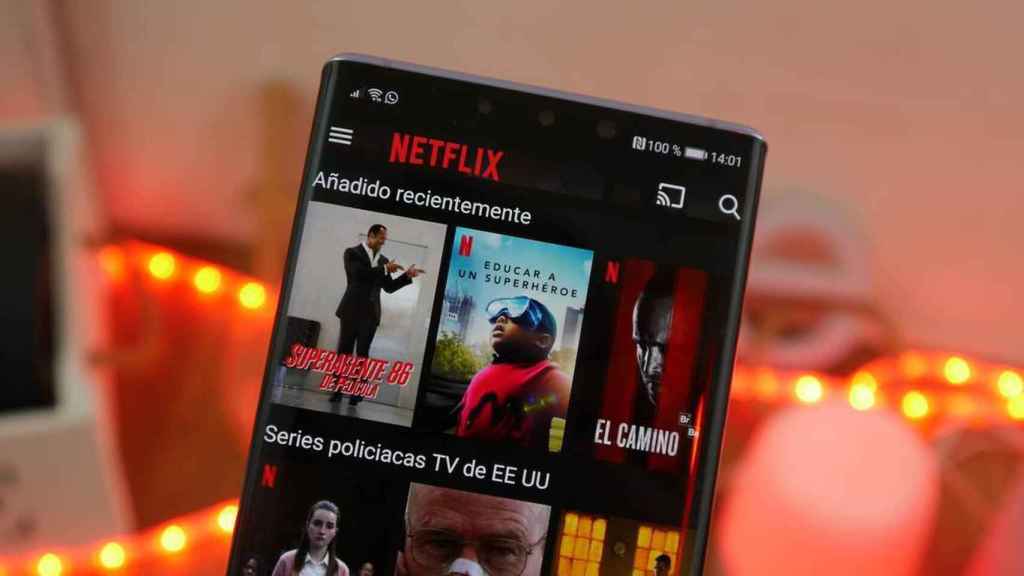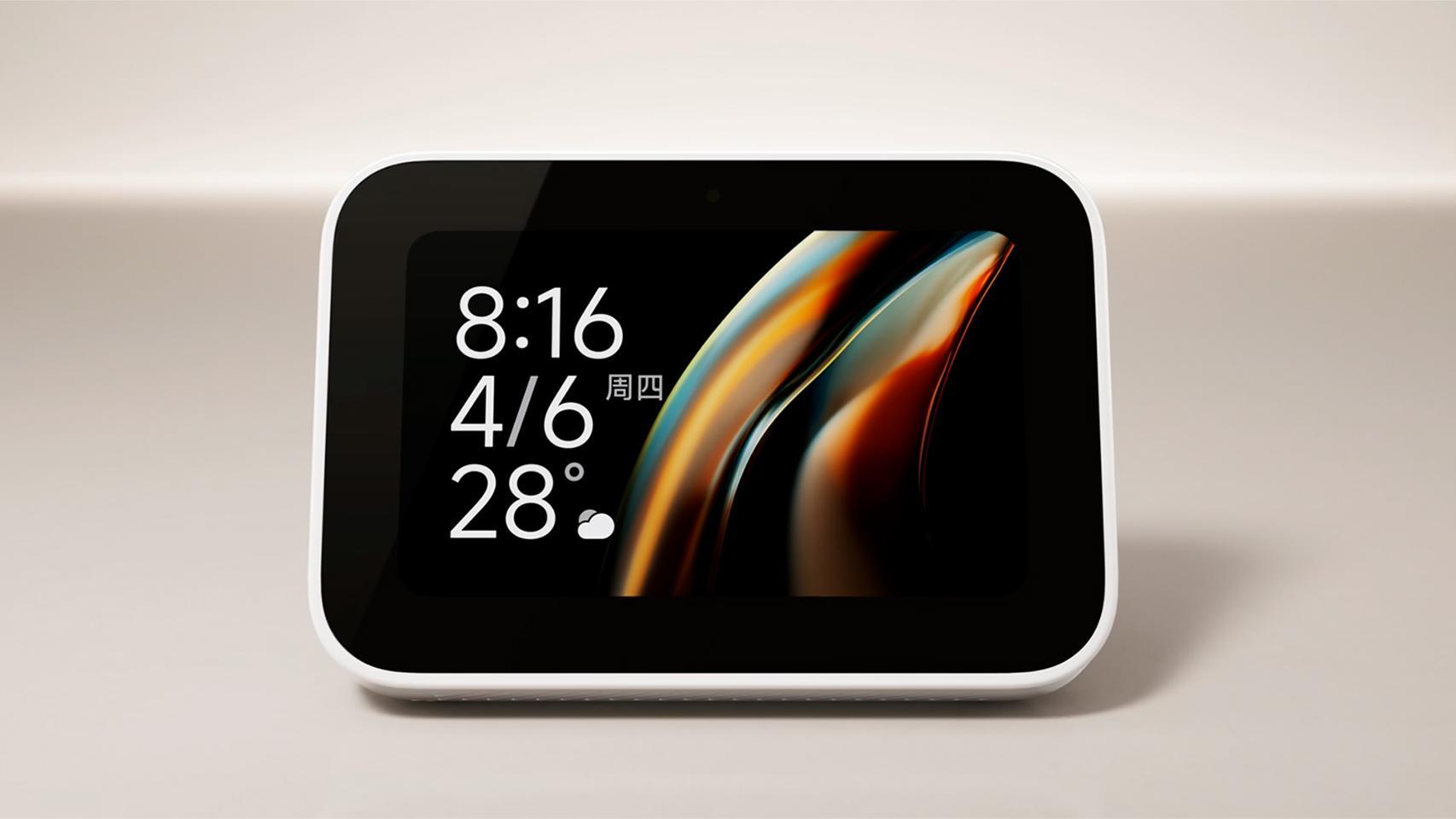Wi-Fi 7 will be the future wireless communication standard, and with an estimated arrival date of 2024, it promises radically change wireless connections, far exceeding current speeds.
Without a doubt, this will increase the possibilities of smartphones and tablets exponentially, and more taking into account the possibilities of home automation and the Internet of Things, as well as the trend of many services towards streaming, both in terms of video games and entertainment.
Considerable speed
Mobile phones would greatly benefit from the switch to WiFi 7
Free Android
WiFi 7 will be launched, according to its roadmap, around March 2024, and it would be able to reach the incredible speed – theoretical, for the moment – of 48 Gbps, largely exceeding current standards and opening a whole world of possibilities in terms of wireless connections.
WiFi 5 Ghz reaches speeds of 867 Mbps, while WiFi 6 can reach the 9,6 Gbit / s. The new standard I would multiply the speed of the latter by five, but that’s not the only novelty it has.
One of the most striking is the possibility that devices will be allowed to access multiple hotspots simultaneously to perform faster downloads.
What is WiFi Direct, what is it for and how to set it up on your Android
Free Android
This WiFi 7 completely uses the 6 GHz band, and its channel width is 380 MHz, in which it exceeds 160 Mhz of WiFi 6. The blocks could be divided up to 16, which would contribute significantly to improve these rates.
In addition, its waves will be able to measure distances and detect movement, which could be very useful in terms of security.
WiFi will make your Android even better
As is the case with WiFi 6, gradually routers and other devices will be adapted to WiFi 7 and will be compatible, to a greater or lesser extent, with their speeds, and that includes Android phones.
The game, one of the best points of WiFi 7
The speed that this standard would achieve would be equal to that of USB 4.0, so it could offer the possibility of perform a lot of intensive streaming. And it ranges from video calls to video games and home automation control, among a myriad of uses.
This could involve many changes in the current model of entertainment, and it would also facilitate the implementation of screens and the Content in 8K resolution in terms of entertainment.
Netflix on an Android mobile
To give you an idea, the 48 Gbps with which WiFi 7 would have a maximum speed could transmit uncompressed 8K video signal with a latency of less than 5 ms.
Virtual reality and streaming video games would also be seen positively impacted by the arrival of Wi-Fi 7, since you could enjoy transmissions on your mobile with much less latency and better quality.
Services like GeForce NOW would benefit greatly as it would provide better experience for users when playing games streaming.
Free Android 473
Free Android
There are still times when wireless pedestrian connections fail when it comes to doing heavy work, and WiFi 7 promises to put an end to it.
Home automation control would also be improved by taking advantage of certain higher connection speeds, since large device networks could be more easily managed.
it may interest you
Follow the topics that interest you
.
Table of Contents

